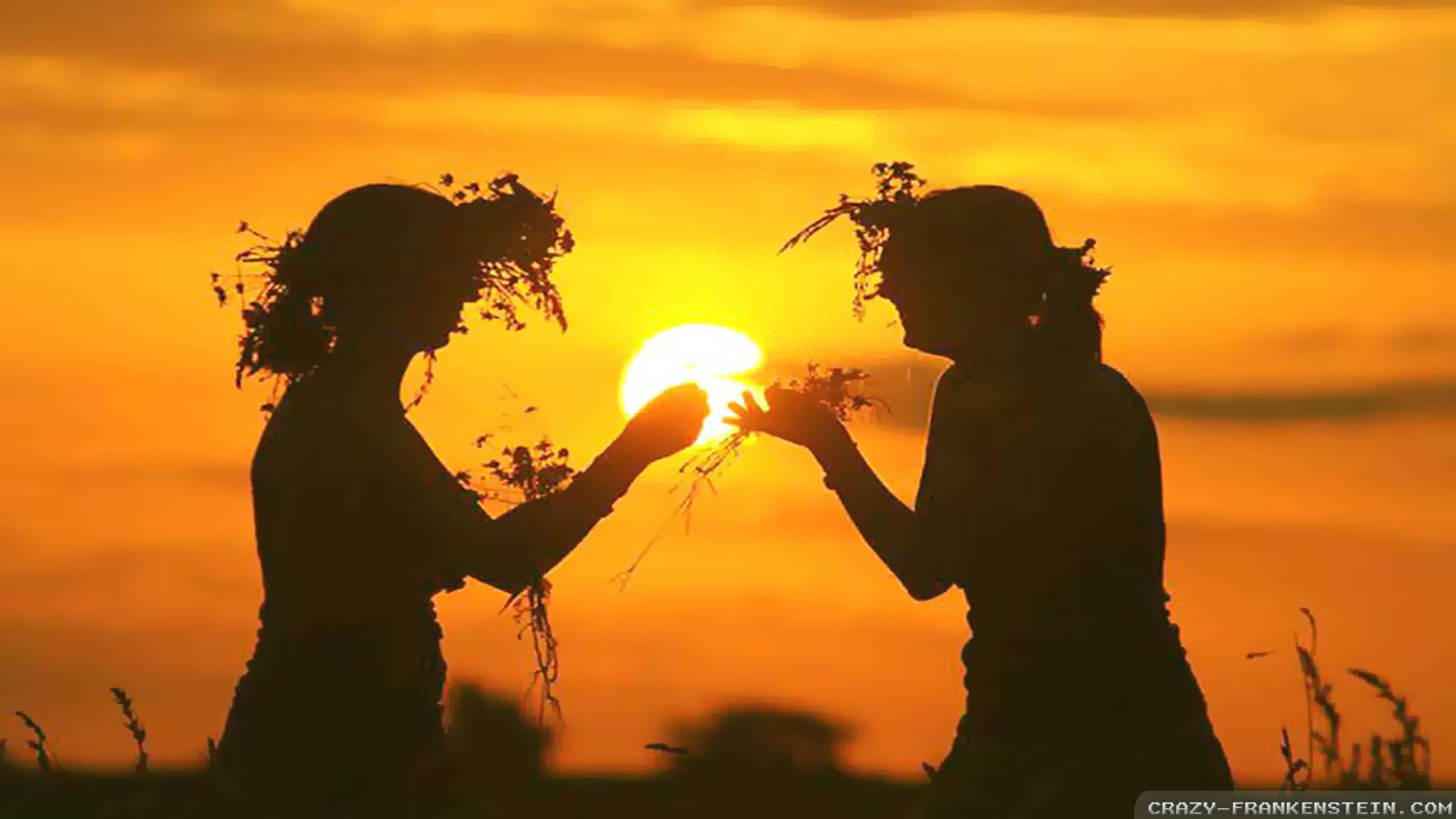Although the Summer Solstice, the longest day of the year in the Northern
Hemisphere, has been marked and celebrated across cultures since pre-historic times, it is today
celebrated mostly—understandably—in the most northern climes. A day
on or near the Solstice is still a widely
celebrated public holiday—Midsummer’s Day—in most of Scandinavia, the Baltic nations and in
Quebec. It is a widely observed unofficial celebration in Ireland and northern England and
in several other countries.
Of course in the Southern
Hemisphere it is the Winter Solstice and celebrated with many of the
traditions imported by Europeans for
that occasion.
In the United States the event goes largely uncelebrated except by the
growing communities of Wiccans, other neo-pagans, and ecological
supporters of earth centered religion, including many Unitarian
Universalists. This is especially true in contrast to the Winter Solstice, which coincides with the
Christmas/Yuletide holidays
and a raft of other Festivals of Light from many cultures. This is
undoubtedly due to the yearning for the
re-birth of light in the depths of a
cold and dark time of year, historically associated with want and hunger as supplies from the last harvest and fall hunts wane.
By contrast, the Summer Solstice comes and goes at a
time of warm, if not hot, weather in which long
days have been enjoyed for weeks and will continue to be. It is in
the middle of the agricultural season,
not spring planting or fall harvest so it has less of the
aspect of a fertility celebration on
one hand and a thanksgiving on the
other.
In ancient times—perhaps even in the recently
discovered “oldest temple in the world”
found in eastern Turkey which pre-dates
the agricultural revolution—the longest day of the year was such an important event that it was fixed by massive temples and monuments like those found in Egypt,
Mesoamerica, and at Stonehenge where the dawning light of the solstice falls on a sacred altar or stone.
This was so widespread that there
must have been a powerful, primeval urge.
It is clearly closely related to the
wide-spread worship of the Sun or Sun gods.
Summer Solstice celebrations were among those targeted for eradication or appropriation by the early
Church as its dominion spread
over pagan realms. An attempt
was made to absorb the celebrations
into St. John’s Day as Yule had been by Christmas, the Vernal Equinox
by Easter, and the fall harvest festivals by All Souls and All
Saints Day. But except in certain localities, St. John’s Day never caught on as a major festival.
Still, celebrations of Midsummer waned in most places, although they survived
as a folk festival in Celtic and Nordic areas.
If those celebrations were imported to the New World, the Puritan divines who had such a struggle wiping
out vestiges of pagan celebrations like May Day, Halloween, and Christmas
did not easily find them.
Perhaps it was because gatherings on that day did not have the tell-tale, Poll
Dances, evocations and/or sacrifices
to the dead, evergreens and holly, or
other well defined trappings.
In this country the day is publicly celebrated in areas
of heavy Swedish and Finnish immigration
and is usually marked with a bonfire
and picnic.
Various neo-pagan groups celebrate in different ways
and some of them are becoming more
public about it. New Age religious
and spiritual groups also adapt or adopt some of the traditional neo-pagan celebrations.
At any rate, the longest day of the year deserves some commemoration.
If you are celebrating today in any way, count me with you in spirit.


No comments:
Post a Comment